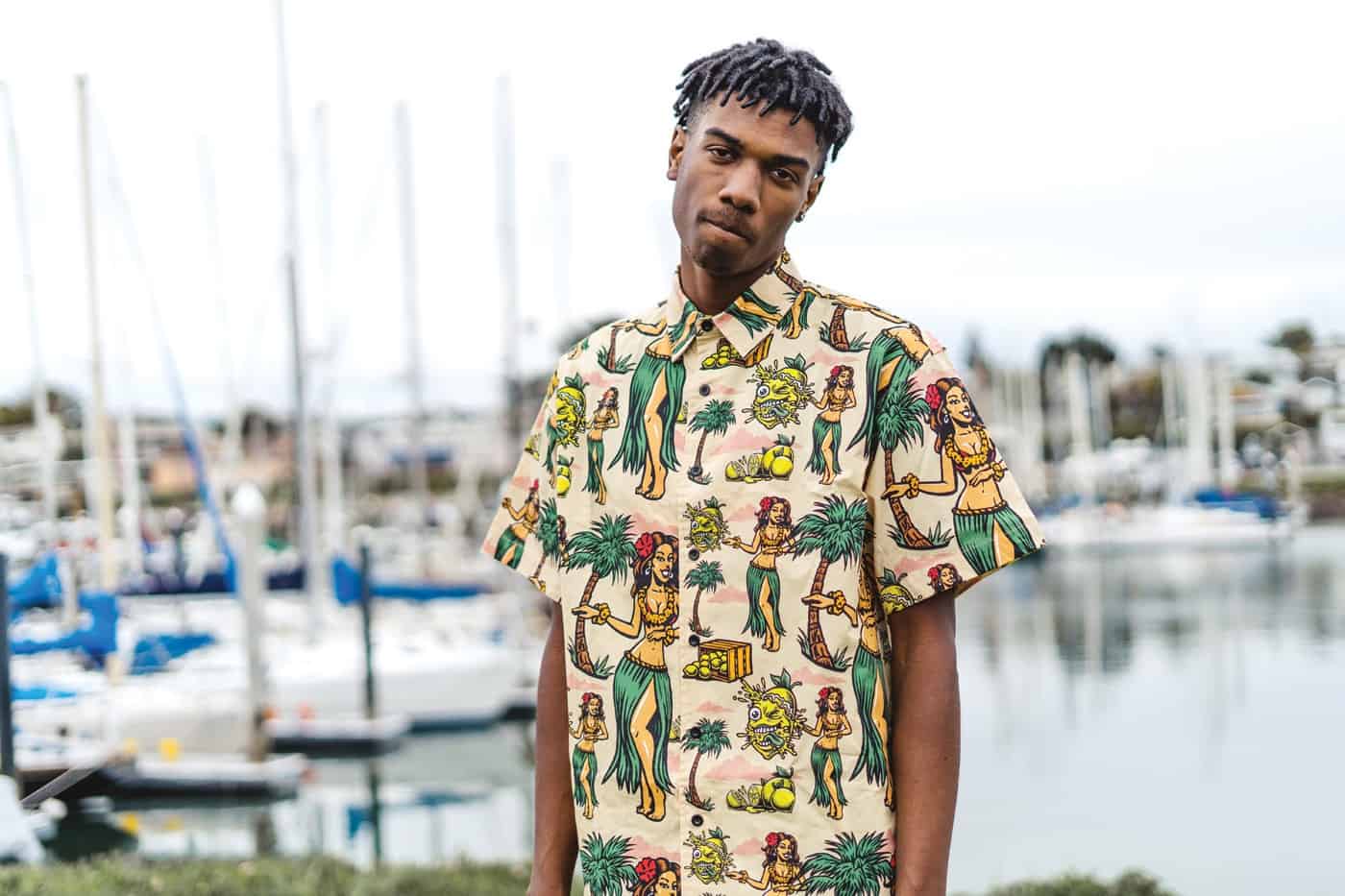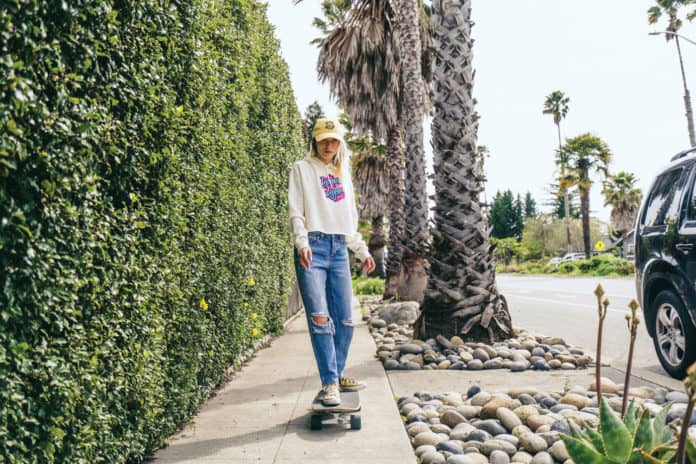As cannabis emerges from prohibition, the public image of cannabis users is changing dramatically. Not so long ago, “stoner” and “druggie” stigmas were ever-present in the public mindset. However, with more consumers entering the market every day, brands now have a huge opportunity to redefine how cannabis is viewed by the public and build brands that speak to the values and lifestyles of emerging users.
The importance of branding has been discussed at length, both in this magazine and in nearly all other literature about building a company. However, “branding” means something very different for each entity. Your brand is your way of signaling to every potential customer who you are, what you are, what you care about, and every other collective perception you imply through what you do and how you look. That goes for everything from packaging to social media and merchandise.
At Lemon Tree, we branded our flower before branding flower became a common practice. One of our core strategies was developing a clothing line that helped tell our story. From the beginning, we’ve worked with local Santa Cruz, California, artists to capture cannabis culture in an authentic way, incorporating art and creativity into both our clothing and our cannabis packaging. Having a clothing company has allowed us to define the Lemon Tree brand in multiple industries and in larger geographical areas in slightly different ways. By highlighting the activities that define us—such as skateboarding, hiking, and surfing—with our clothing brand, we are more able to tell the story of the California lifestyle of which cannabis happens to be a large part.
We’ve created a two-pronged approach, with cannabis on one end and clothing on the other. The prongs exist separately but reflect one another through lifestyle branding. The approach has allowed our brand to exist in the cannabis space and parallel markets in slightly different forms. Each influences the other, allowing us to incorporate our core values into the brand as well as offer customers a way to engage and access what we, and they, stand for.

The opportunity to sell clothing in and around the cannabis space is quite significant, and several brands are approaching the market. MedMen, for example, launched an apparel line in February. Unfortunately, some companies focus apparel-related messaging in less-than-optimal directions by concentrating on cannabis and cannabis use instead of the culture, values, and lifestyle of their target consumer. Cannabis is one part of the message, but it shouldn’t compose the entire message.
Others have developed clothing brands around a cannabis lifestyle; however, many have highlighted values that were born of the prohibition era and place value on the street-hustler mentality then associated with weed. While that approach most certainly has been successful thus far, it leaves a large opportunity for brands to focus on the emerging legal market and new consumers who may not want to be associated with the plant’s former image.
What we are really talking about here is expanding the brand echo to represent your company in a way your ideal customers want to be a part of. Aside from having value as a branding mechanism, clothing is not limited by strict regulations and can be exported to reach people worldwide. That means even though you may not be able to sell cannabis in a market, you nevertheless can gain brand exposure with clothing.
Our clothing line acts as the flag for our brand: In markets where we are unable to embark with cannabis, we can spread our brand echo with our clothing. Our goal is to gain exposure and recognition in other markets, establishing rapport with potential customers in preparation for the day when cannabis is legalized in their area.
Creating a strong brand is paramount in this new industry and, with such a diverse and changing landscape, the opportunities to develop and shape the brands of the future are fertile. Many new consumers with new sets of values enter the market every day, constantly changing cannabis culture. As brands in the space, it is important we acknowledge and understand these shifts so we may develop brands that will endure past the hype of legalization and shape the future of the industry.









